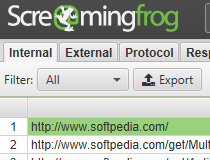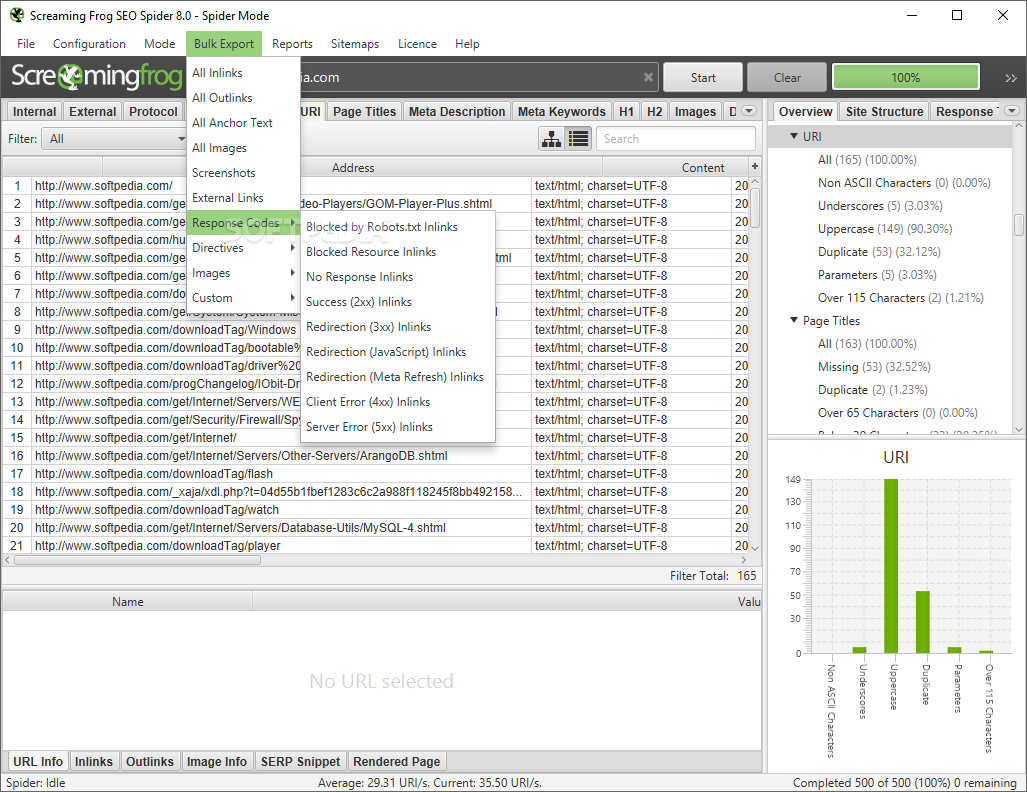

Indeed, the more images Google receives, the more difficult it will be for yours to stand out from the crowd and rank well. These types of businesses are known for the impressive number of images they have on their website Now, it’s true that if you run a healthcare practice, this doesn’t mean much to youīut if you’re a stylist or operate in the interior design industry, for example, it’s clear that the number of image queries Google receives per day is of interest to you. Note that every day Google receives hundreds of millions of image-based queries.

However, in some circumstances, it would be more practical to opt for an ” Image Sitemap ” So it doesn’t matter if it’s from a sitemap or an “Image Sitemap”, the search engine will be able to crawl and index (hopefully) the images you listed Adding images to a sitemap helps us discover images that we wouldn’t have found otherwise (such as those accessible through JavaScript code).” “You can add images to an existing sitemap or create a separate sitemap for them. In fact, here is what we can read on this page On its page intended for webmasters the search engine does not necessarily recommend to create a “normal” sitemap or an “Image Sitemap” It is important to remember that Google does not favor one method over the other Why should you create a separate sitemap for your images ? It is a rather relevant question, it must be recognized, but you will understand better the interest to create a separate “Image Sitemap” 1.2. However, a question often comes up in the row of website owners: If the images are necessarily inserted on web pages and we can create a “normal” sitemap for the indexing of these pages, why still create a separate sitemap just for images? On the contrary, it is one of the best SEO practices strongly recommended for a better positioning on search engines In any case, the creation of an Image Sitemap file will not harm the ranking of a website. So an image can be on an “Image Sitemap” and yet not be taken into account in the Google index If during the exploration, the indexing robots encounter problems, it is obvious that they will not go to the indexing stage. Indeed, even before the indexing stage, the robots must first find the site and explore it, we speak of exploration That is to say that creating an ” Image Sitemap ” does not guarantee that the images listed will be automatically indexed by the search engine However, it is important to remember that the Image Sitemap is not in itself a ranking criterion on Google. So instead of containing data such as the URL, the date of the last update, the frequency of exploration … that we usually find on traditional sitemaps, an ” Image Sitemap ” will rather communicate to the indexing robots It is a way for the owners of websites to indicate to search engines that such a page represents value and that they wish to see it indexed.Īs you can already guess, the Image Sitemap is also a sitemap, but with the particularity that here, it is rather the URLs of the images that are listed to try to accelerate their indexation Definitionīasically, a sitemap is a file (often in XML format) in which we list the URLs of important pages of a site.


For each image that the site owner wishes to have indexed, he or she must provide a certain amount of information in the Image Sitemap, such as the type of image, the caption, the subject, the geographical location, the title and the license. An ” Image Sitemap” or Image Sitemap is generally an XML file created to submit to search engines, a list of URLs of images to be indexed on a website.


 0 kommentar(er)
0 kommentar(er)
